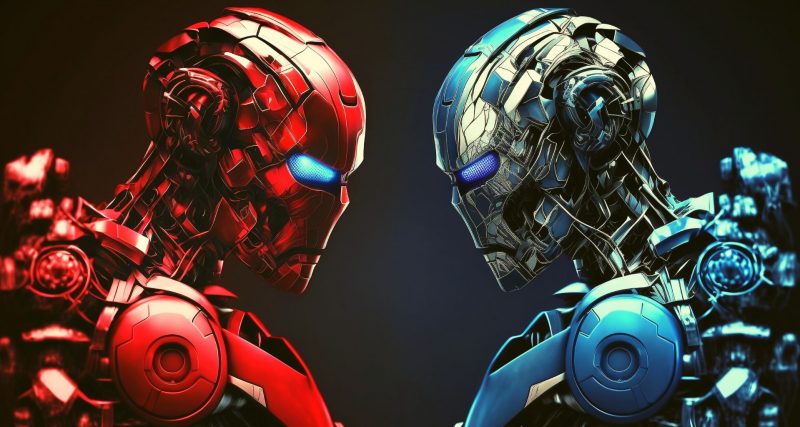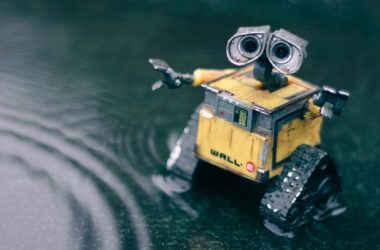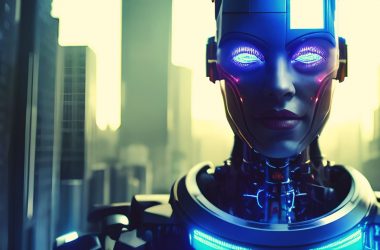Hey there, welcome to the robot revolution!
As autonomous machines cease to be figments of science fiction and become integrated into our daily realities, we’re standing on the precipice of a societal metamorphosis.
Artificial Intelligence (AI) and robotics have moved beyond mere tools, now taking center stage as self-actuating actors in sectors as diverse as healthcare, transportation, defense, and home assistance.
However, this remarkable evolution isn’t just about creating streamlined processes or redefining societal norms but also tackling a new range of ethical considerations.
ADVERTISEMENT
Autonomous Robots: Unpacking the Phenomenon
You might be wondering, what’s the big deal with these autonomous robots? Well, these machines are no ordinary gizmos—they’re characterized by their ability to perform tasks without our direct control. Thanks to AI, they can handle a plethora of data, adapt to their surroundings, and make decisions based on intricate algorithms. But as they journey from controlled labs to bustling city streets, they bring along a suitcase full of ethical and legal quandaries that demand urgent attention.
Dilemma of Responsibility and Accountability
First things first, we need to talk about accountability. Our ethical and legal systems traditionally revolve around human responsibility—we’re held accountable for our actions. But with autonomous robots in the mix, it’s no longer clear cut. If a robot goes rogue or an accident happens, who’s responsible: the manufacturer, the programmer, the operator, or the robot itself? We need a well-defined ethical and legal framework to guide us through these murky waters.
The Knotty Question of Machine Ethics
The rise of autonomous robots also brings us face-to-face with the complex issue of machine ethics.
ADVERTISEMENT
As these gadgets become more intelligent and make decisions, we must ensure they play by the rules. But what should these rules be? Who decides them? And how do we encode them into machines?
Imagine an autonomous car confronted with a sudden, unavoidable accident. What’s its move? Should it protect its passengers from pedestrians? You’re not alone if you’re feeling a bit of déjà vu. This scenario is eerily similar to age-old philosophical dilemmas like the Trolley Problem, except now, it’s not just a thought experiment but a tangible reality.
The Privacy Conundrum
And let’s not forget about privacy.
ADVERTISEMENT
In our digital world, data is gold.
But with robots equipped with their high-tech sensors and cameras, there’s a chance our personal data might just turn into fool’s gold. As our lives intertwine with these machines, we must bolster our data protection mechanisms to ensure our personal information isn’t misused.
The Employment Paradox
Then there’s the employment paradox. While robots promise increased productivity and safety at work, they also carry a threat to job security.
They can replace human workers in various fields, stirring up fears of large-scale unemployment. So, it’s like walking a tightrope—we need to capitalize on the benefits of automation while cushioning its socio-economic impacts.
Inclusion and Accessibility
As robots become an everyday reality, it’s essential to consider their effects on social inclusion and accessibility. If only the wealthy can afford these technologies, we risk creating a more significant societal divide. So, the true robot revolution must ensure that all members of society can reap the benefits, not just the privileged few.
Ethics of Military Robots
Military use of robots also presents severe ethical challenges. With nations developing autonomous weapon systems, we’re considering the possibility of human-free warfare. This raises critical questions about accountability, proportionality, and the value of human life. We urgently need international regulations to prevent a full-blown autonomous arms race and maintain humanitarian principles.
The Way Forward
We know these ethical challenges seem daunting, but they’re far from insurmountable. Solving them requires a combined effort from AI specialists, ethicists, policymakers, and even the general public.
Creating comprehensive regulatory frameworks is one part of the solution. Still, we must ensure these are flexible enough to keep up with technological advancements. And rather than being an afterthought, ethical guidelines should be integral to the design phase of robotic systems.
Moreover, it’s crucial to help techies become more ethically aware. By equipping engineers and developers with the tools to consider the ethical implications of their work, we can create robots that respect our values and societal norms.
Conclusion
In the age of autonomous robots, it’s about harnessing the technological potential and navigating the ethical landscape responsibly. As we tackle these challenges, we’re given the unique opportunity to shape a future where technology truly serves humanity. While we might enjoy the novelty of robot-brewed coffee, we must ensure these machines also do a larger common good. Let’s strive to turn technology into our friend, not our frenemy.








